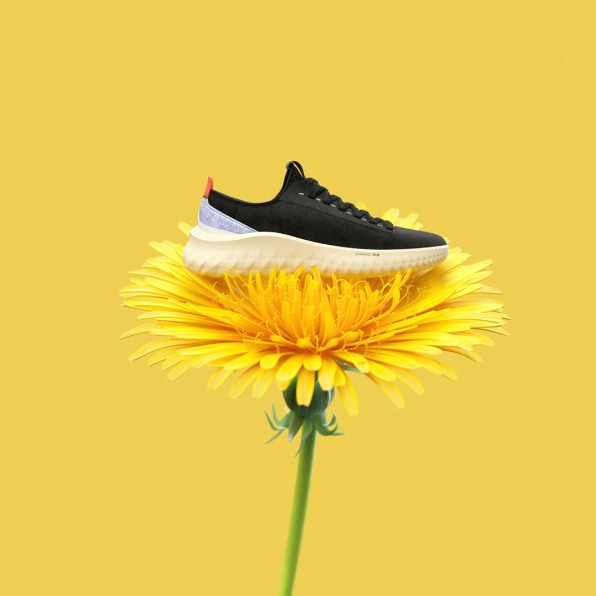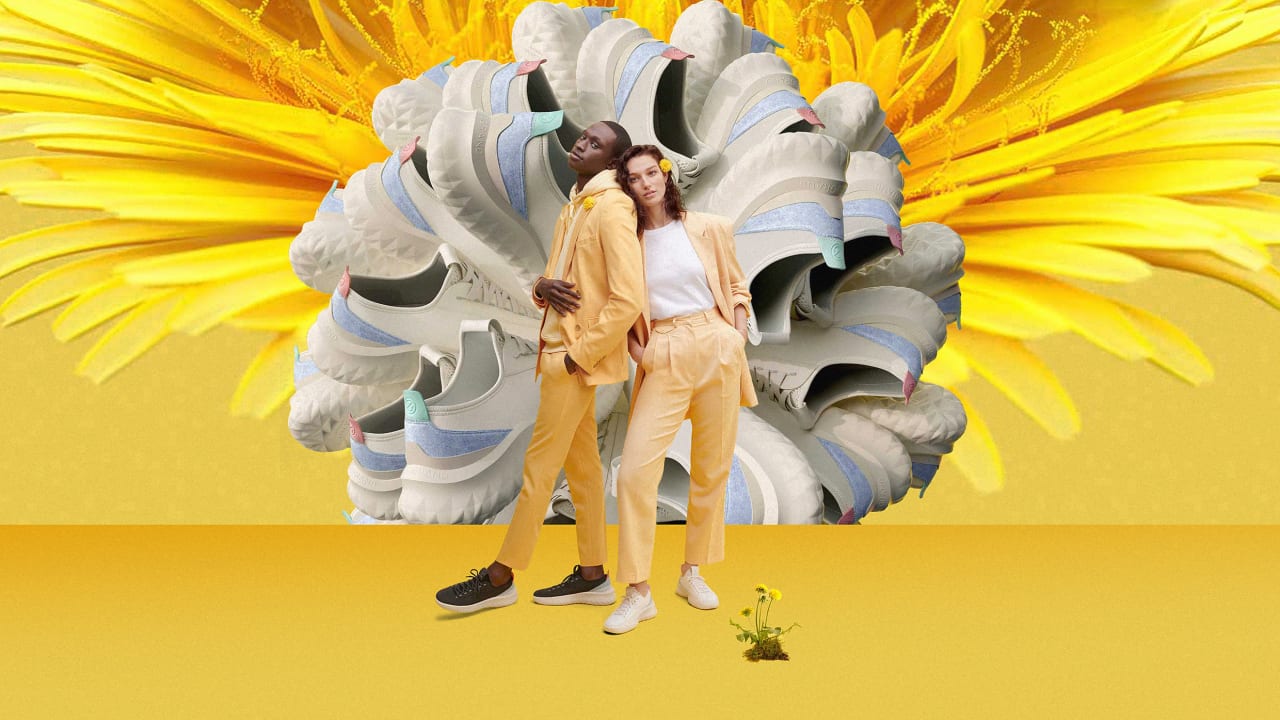In December 1941, the United States was bombed by Japan and drawn into World War II. In the weeks that followed, Americans were told to prepare to give up something: rubber. The United States has been cut off from 90% of the world’s rubber supply, extracted from Southeast Asian rubber trees. So everything from men’s work boots to car tires became a tightly controlled commodity.
That’s why if you look back on that month’s media coverage, you’ll notice stealthy excitement about a strange idea: making rubber out of the milky white stuff – which is actually latex – at the inside a dandelion. The New York Times said “THE DANDELION AS A SOURCE OF RUBBER; The Farm Research Council claims that Kok-Sagyz, a Russian plant, would reduce our shortage. In 1943, dandelions were planted in 48 states. In 1944, we managed to manufacture tires from it.
But the war ended, rubber supplies normalized, and dandelion rubber never took off.
Eighty years later, as the world turns to sustainability, dandelion rubber is back. While the concept has percolated through the labs for years, dandelion rubber has reappeared for the first time in a new casual shoe from Cole Haan called Generation Zerogrand II ($130). Cole Haan used a patent-pending process to convert dandelions into rubber that’s blended into his EVA foam midsole (the thick, bouncy bottom of a high-tech plastic sneaker). This “FlowerFoam” constitutes at least 25% of the midsole of the shoe.

“The extraction process is no different from rubber,” says Cole Haan brand president David Maddocks. “With rubber, you tap a tree like you make syrup. With that . . . you take the plant. There is a thermal process to extract [latex]and what remains are bio-waste, old plants.
While much of the rubber found in footwear today is synthetic, you’ll still find considerable amounts of natural, tree-grown rubber listed in environmental reports from companies like Nike. The cultivation of this rubber is not a problem in itself, but the rubber trees are clones, which makes them particularly susceptible to diseases. And rubber plantations have been among the biggest drivers of deforestation. Between 2000 and 2016, the land dedicated to rubber plantations doubled to reach 12.9 million hectares.
The footwear industry has been aggressive in seeking more sustainable practices to reduce its environmental footprint on every material, including rubber. Both Nike and Adidas have developed processes to grind up old shoes and use the material in new ones. Nike calls its rubbery substance Grind, while Adidas calls its process Loop.

Maddocks admits that Cole Haan’s sustainability programs have not yet reached the level of maturity needed to support circular product lines. However, he is reasonably excited about the adoption of dandelion rubber in the company’s supply chain.
“The interesting thing about dandelions [is that] it is a renewable resource that grows densely and rapidly,” says Maddocks. “They grow in areas where you can’t grow other produce. You don’t need to chop down large groves of trees to grow them.
The addition of rubber allows the company to reduce its use of EVA polymer. And depending on the actual performance and experience Cole Haan wants to get out of his FlowerFoam midsole, he may incorporate more or less dandelion rubber into the EVA blend. In fact, Maddocks claims that the dandelion content of Generation Zerogrand II’s FlowerFoam “is well over 25%,” but that the company is rounding up for marketing purposes its new sustainability initiatives.
“We want a simple benchmark that a Cole Haan sustainable product contains 25% by weight of naturally-derived or recycled content,” Maddocks says. “We exceed that in many places. But we want an easy-to-understand threshold for consumers. So when they see ‘sustainable’ they know what it means.

